study in absurdity
For an apples vs oranges study-
Using your link, Tony's car makes 11,000 HP at 8,500 rpm. Using HP= T x RPM/ 5252 torque is
6,796 lb ft. The Pratt and Whitney R-4360-63A 28 cyl radial was made in the mid 50's and used in the C124 Globemaster II cargo planes. The -63A was the highest HP engines offered for regular service. With Water Alcohol anti-detonation on the power rating was 3,800 HP at 2,800 rpm. Using the equation torque works out to
7,127.7 lb ft.
Top fuel engine endurance varies a lot. For this study lets say the engine last 4 seconds before catastrophic failure. The 4360 TBO was something like 1000 hours. Most of that time it would be running at a lower "cruise" output. The 3,800HP rating above is "take off" or "military power". I have no idea how long that is but for this exercise lets say 10 minutes before the engine starts crying about high cyl head temp. There are 600 second in 10 minutes. Seems to me if these two engine had to fight each other the 60y old radial, loping along at what might seem like a fast idle in the family car, would chew up something like 150 of Tony's screaming nitromethane fueled engines before it starts complaining.
Or perhaps we can find someone willing to couple together 10 warmed over big block Chevys. Running at full throttle maybe they can stall a 4360 at 2,800rpm.
Or maybe, um, wait, I'm rambling, I guess I'll spare everyone and go binge on some u-tube tractor pulling videos.(note -Both examples are torque at red line. Maximum torque usually occurs at a slightly lower rpm.)
photos- Top fuel piston I found in a trash barrel after the 1994 (?) Keystone Nationals. Note crushed crown (hydraulic lock or detonation?), heavy construction, big pin high enough to cross the oil ring groove (I assume for the longest rod possible), teflon (?) coating, button retainers (not in pic), big intake and small exhaust valve...
http://www.hotrod.com/articles/don-...-top-fuel-hemi-with-new-engine-torque-sensor/



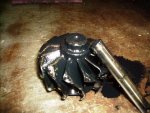
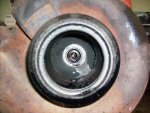
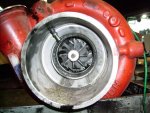
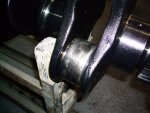
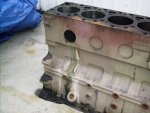
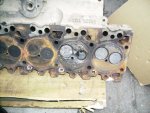
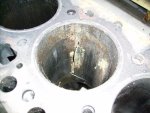
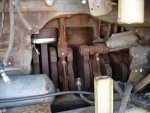

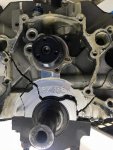
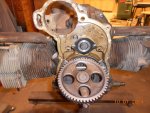
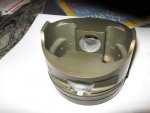
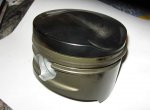
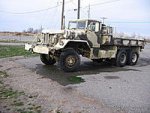
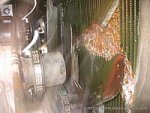
 Sorry, just been waiting to use that one. I'll be the one to stick my neck out and say it. Maintenance, maintenance, maintenance. Check ALL the fluids, all the time (or at LEAST as often as the TM says). Yes, components fail. However, the first things we asked to see when something got dragged in was the work order for the last PM and the daily pre-trip check sheet. Several folks were invited to find new employment with another company after their daily sheet signified everything had been checked and was proper and were then proven wrong. An engine low on coolant or oil WILL self destruct. Anything that rotates, slides, or slips needs lubrication. Do it. Often.
Sorry, just been waiting to use that one. I'll be the one to stick my neck out and say it. Maintenance, maintenance, maintenance. Check ALL the fluids, all the time (or at LEAST as often as the TM says). Yes, components fail. However, the first things we asked to see when something got dragged in was the work order for the last PM and the daily pre-trip check sheet. Several folks were invited to find new employment with another company after their daily sheet signified everything had been checked and was proper and were then proven wrong. An engine low on coolant or oil WILL self destruct. Anything that rotates, slides, or slips needs lubrication. Do it. Often.

